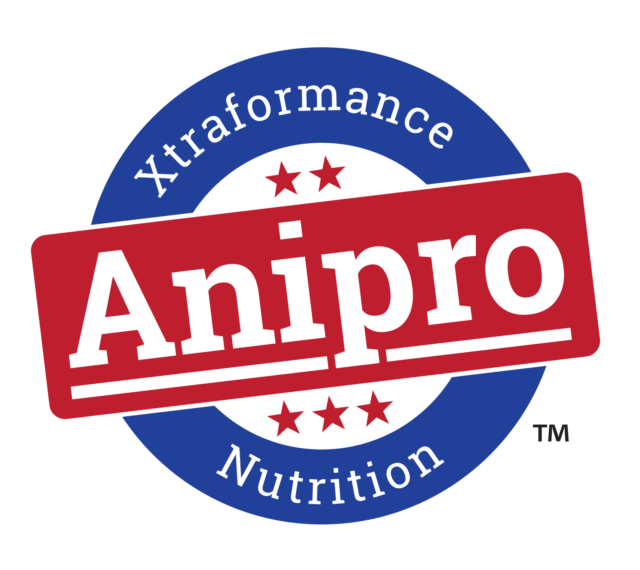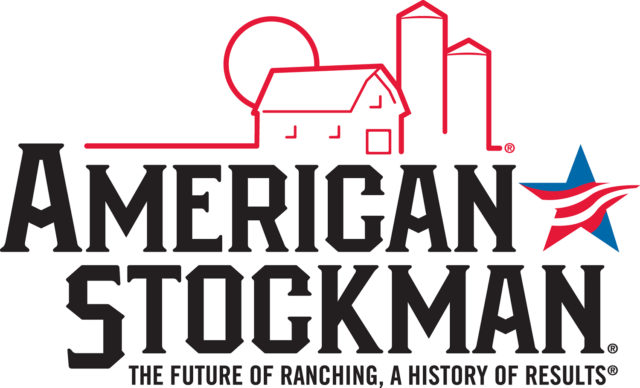“DNA technology is especially valuable when evaluating young, unproven seedstock,” Dr. Andersen says. “This information allows producers to make purchase decisions with greater assurance for important traits such as marbling, feed efficiency and coat color.”
In fact, GeneSTAR is a targeted marker DNA test that provides producers with genomic information about key production traits in all breeds of beef cattle. Test results include Molecular Value Predictions, or MVPs, for feed efficiency, marbling and tenderness. The reports also include percentile ranks, which are determined by benchmarking each animal against hundreds of its breed contemporaries in the Pfizer Animal Genetics database.
In addition, palatability trait rankings and color genotypes help producers select cattle that can enhance their profitability, as well as consumer satisfaction.
“Designed using data from more than 25,000 cattle representing more than 40 breeds and breed composites, the Palatability Index helps producers identify and select animals that will transmit genetic merit to offspring for more favorable eating experiences,” Dr. Andersen says. “And with color genotypes, producers can purchase animals that are more likely to generate the desired color offspring, helping take advantage of associated premiums.”
This information enables producers to select genetically superior animals with more assurance to advance the goals of their breeding programs, Dr. Andersen says. They can use this information to:
- Select breeding stock that are more likely to transmit desired genetic merit for palatability traits, feed efficiency and coat color
- Identify animals with desired genetics for consumer satisfaction
- Make more informed mating decisions
- Advance genetic progress
Dr. Andersen says that given today’s high input costs, it’s valuable for producers to take advantage of selection information derived from genomic technology.
“Genomic information can help take some of the guesswork out of seedstock selection and breeding decisions,” Dr. Andersen says. “Producers should talk with their seedstock suppliers about providing this information on sale cattle to helpensure they can make the most informed purchase decisions for their operations.” 








